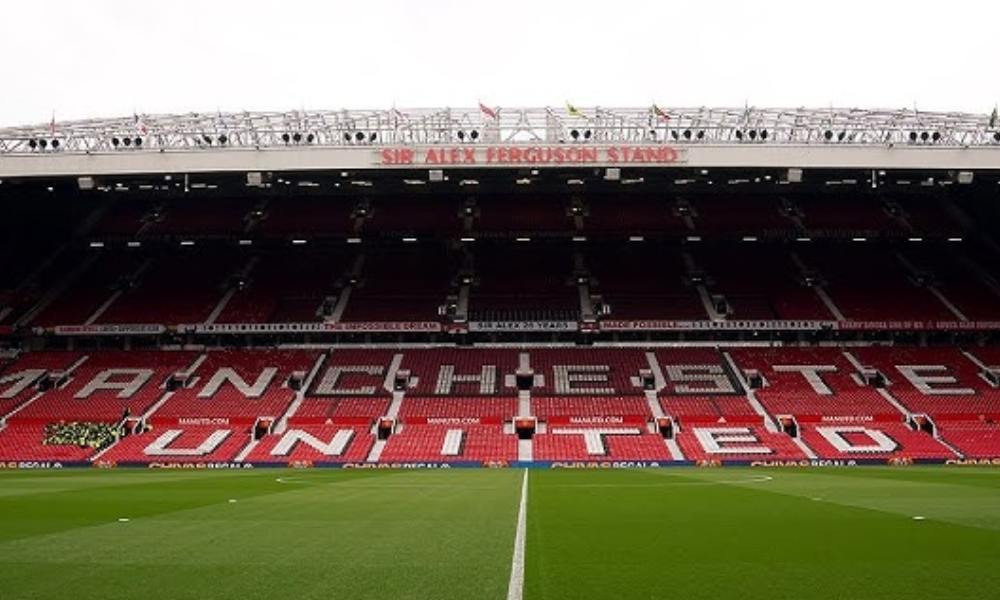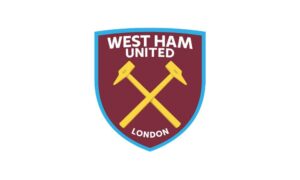Man Utd have been given the go-ahead for a revolutionizing £2 billion stadium transformation that will remold the legendary Old Trafford. Backed by Sir Jim Ratcliffe, the plan will construct a 100,000-capacity stadium, the largest football stadium in the UK. Nicknamed the “Wembley of the North,” it is more than a new football building plan—it’s part of a larger regeneration scheme that will transform the Old Trafford district. The move is a statement of United’s desire to rebuild their global leadership on and off the pitch.
The Vision and Development Progress
The club has been in advanced negotiations to secure surrounding land crucial for the new build. Talks with Freightliner, which owns key plots near the Stretford End, have progressed positively. Although Freightliner reportedly valued the land near £400 million, United initially offered £50 million, and both parties are said to be nearing a deal.
Once completed, Man Utd will lead the planning and design stages. Initial concepts by Lord Norman Foster architect reveal a futuristic stadium structure with a huge canopy roof—suitable for football, concerts, and major events. Apart from the stadium itself, regeneration involves community housing and public infrastructure, with up to 17,000 new houses planned in the regeneration district.
The funding backbone for the project will be United’s own investment, though they are seeking transport and infrastructure help from the government. Manchester Mayor, Andy Burnham has already backed the idea and established a Mayoral Development Corporation (MDC) to help oversee delivery of the concept making land-grab easier. He has also shown willingness to sanction compulsory purchase orders (CPOs) if talks hit a snail pace, highlighting political assurance for the redevelopment.
If construction proceeds as scheduled, the new stadium could be ready by the 2030–31 season, marking a monumental leap in United’s century-long legacy at Old Trafford.
Fan Experience and the Club’s Broader Goals
A key area under discussion is the introduction of Personal Seat Licences (PSLs)—a scheme whereby fans pay a single premium for the ability to purchase season tickets in higher-price areas on a year-by-year basis. This method might generate funds, but the club intends to make it voluntary and applicable primarily for corporate seating.
The reimagined Old Trafford is about more than just the football matches that take place there. The idea is to convert the location into a multi-use area that could serve the purposes of a sports and entertainment hub as well as the community development. The management of Man Utd regards the work here as a means of stimulating the local economy – it will raise the number of tourists, make new jobs, and bring long-term investments to Manchester.
With its modern design and vast scale, the stadium will rank among Europe’s best football arenas, strengthening the Red Devils’ position on the global stage. In addition, the project gives priority first to environmental-friendly aspects, top-notch technology, and partnership with the locals – very much in line with a blend of tradition and progress.
Author’s Opinion
Manchester United £2bn stadium project is more than a building plan – it’s Club’s ambition affi rmation and an indicator of local community regeneration. There’s Old Trafford, incomparably rich in history, but if it is to compete with the elite clubs in the world, needs updating. Ratcliffe’s ‘Wembley of the North’ concept is both–it honors the past, but also gives us a completely different identity for the club in future.
At last, the transformation of Old Trafford is not only a football comeback but also it marks Manchester United’s re-emergence as a leading figure of innovation, sustainability, and cultural pride. It’s not just a stadium regeneration, it’s a legacy revival.

















